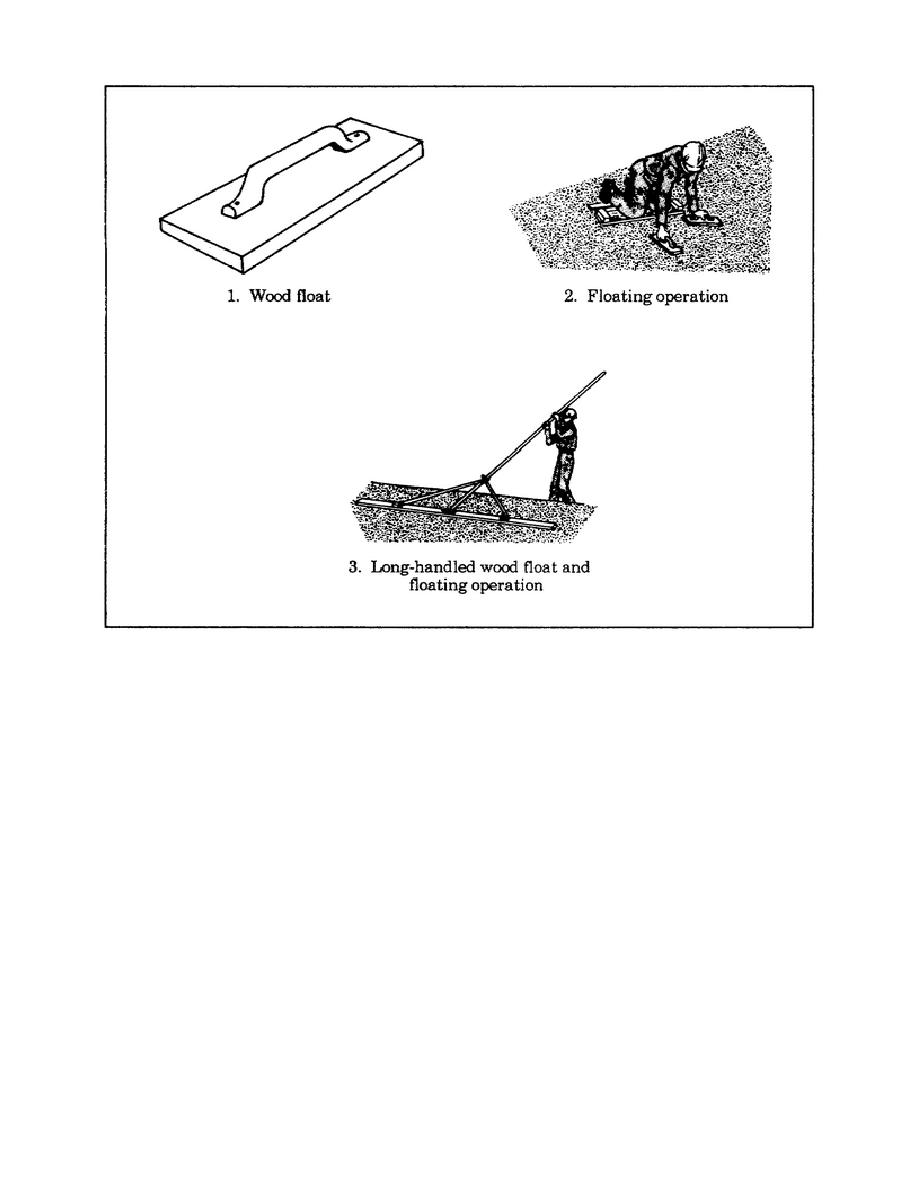
Figure 4-10. Wood floats and floating operations.
Troweling
For a dense smooth finish, follow floating with steel troweling (see Figure 4-11 on page 4-20) when the moisture
film or water sheen disappears from the floated surface and the concrete has hardened enough to prevent fine
material and water from working to the surface. But delay this operation as long as possible. Too much
troweling too soon tends to produce crazing and reduces durability. However, too long a delay in troweling
makes the surface hard to finish properly. Troweling should leave the surface smooth, even, and free from marks
and ripples. Avoid wet spots if possible. When they do occur, do not resume finishing operations until the water
has been absorbed, evaporated, or mopped up. When a wear-resistant and durable surface is required, it is poor
practice to spread dry cement on the wet surface to absorb excess water. You can obtain a surface that is fine-
textured, but not slippery, by a second light troweling over the surface with a circular motion immediately
following the first regular troweling, keeping the trowel fiat against the surface. When a "hard steel-troweled
finish" is specified, follow the first regular troweling with a second troweling only after the concrete is hard
enough that no paste adheres to the trowel and passing the trowel over the surface produces a ringing sound.
During this final troweling, tilt the trowel slightly and exert heavy pressure to compact the surface thoroughly.
Hair cracks usually result from a concentration of water and fines at the surface due to overworking the concrete
during finishing operations. Too rapid drying or cooling aggravates such cracking. You will usually close cracks
that develop before troweling by pounding the concrete with a hand float.
4-19
EN5466


 Previous Page
Previous Page
